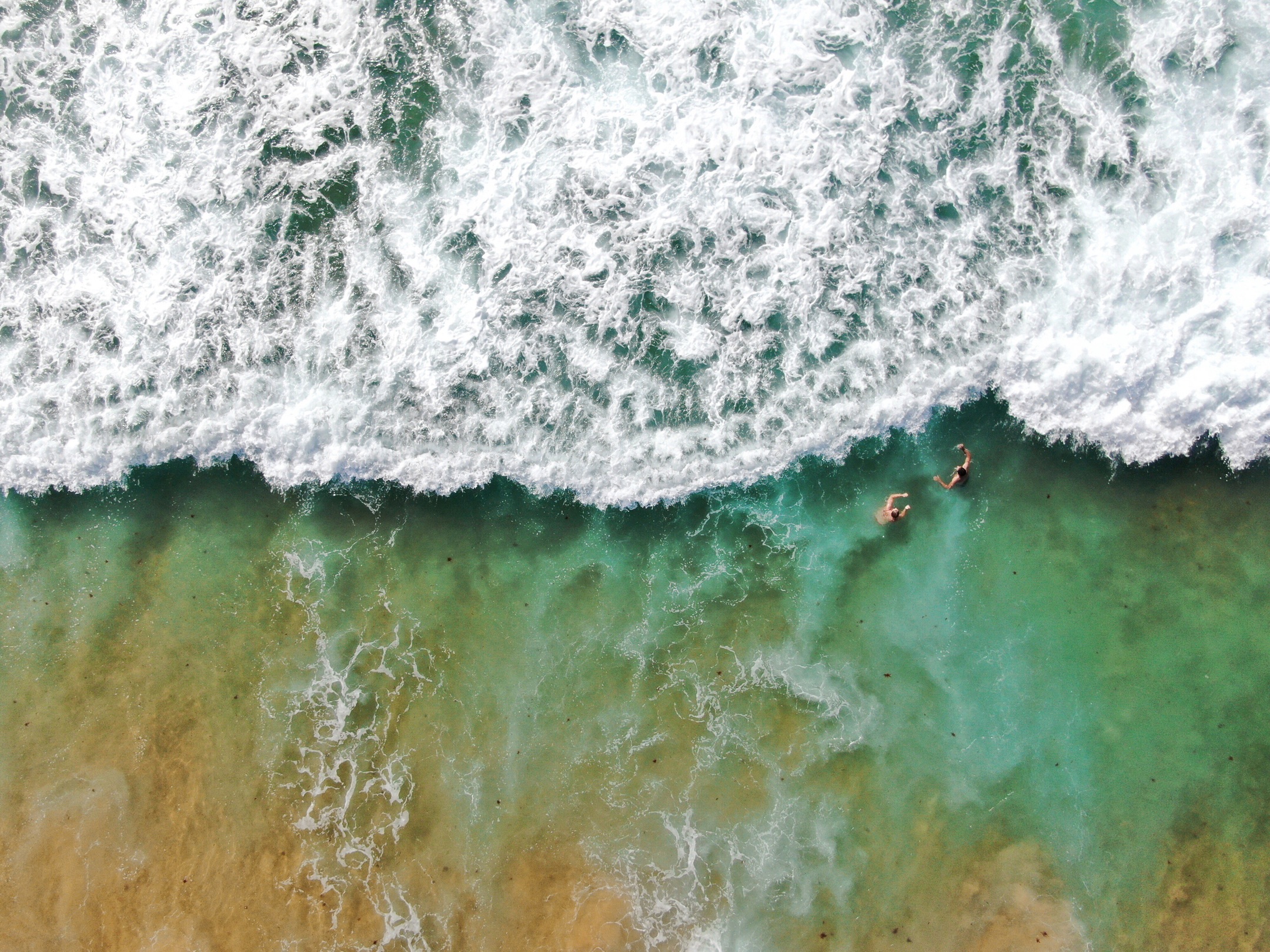Photo: @marml_photography
As an integral part of the Horizon Europe framework programme beginning this year 2021, the EU has set missions, which are commitments to solve some of the greatest challenges facing our world. Some examples of these are fighting cancer, adapting to climate change, protecting our oceans, living in greener cities and ensuring soil health and food.
Each mission will operate as a portfolio of actions – such as research projects, policy measures or even legislative initiatives - to achieve a measurable goal that could not be achieved through individual actions, but rather through bold, concrete, game-changing solutions.
In total, 5 mission areas have been identified, each with a dedicated mission board and assembly. The Mission Board on Healthy Oceans, Seas, Coastal and Inland Waters proposed though the Mission Starfish 2030: Restore our Ocean and Waters by 2030.

Image: Mission Starfish 2030 ©European Union, 2020
What is the mission about?
The mission aims to know, restore and protect our ocean and waters by 2030 by reducing human pressures on marine and freshwater environments, restoring degraded ecosystems and sustainably harnessing the essential goods and services they provide.
Interestingly enough, the approach is finally being made with a holistic and coherent vision to target the cumulative threats to the Ocean and waters, by looking at the water cycle as a whole. Inspired by the shape of the starfish, the Mission pursues five interdependent objectives – knowledge, regeneration, zero pollution, decarbonisation and governance – uniting overall 17 ambitious, concrete and measurable targets for 2030.
These five objectives are mutually supportive. The core is to regenerate ecosystems by directly protecting and revitalising them. This already major task will not be complete unless pollution is halted. But as climate change is intimately linked to the health of the ocean, the transition to climate neutrality by decarbonising the blue economy is also essential. Such transformation must be enabled by a revamped governance system that is fit for and up to the challenge. Finally, such ambition of environmental, economic and social change must be supported by society and science: the knowledge and emotional gap must be filled as a cross-cutting supporting action.
Which are the targets?
The five objectives of Mission Starfish 2030 will enable regeneration of marine and water ecosystems. But since defining such objectives is not sufficient, a set of ambitious, concrete, and measurable targets has been defined to address the actors, activities, tools and systems that need to be called upon to reach each objective. These 17 targets are considered to be the indispensable components of a holistic approach to systemic change.
The targets are:

How to succeed?
High level of ambition involves deep, long-term structural transformations. But specifically it will need two big components:
- Powerful engagement with society - The proposed targets address variable audiences, depending on their specificity, but overall, they engage a wide range of actors: public authorities at all levels (local, regional national, European), all sectors of the blue economy, civil society organisations, scientific and cultural entities.
- A bold investment plan - it is estimated that the investment needs from the EU funding and from national public and private sources would total around EURO 500 billion over the period 2021-2027.
What is next?
After the final recommendations of the Mission Board were handed over to the European Commission at the European Research & Innovation Days in September 2020, the mission entered in a preparatory phase last November. Now, in the 1st and 2nd quarter of 2021, the preparation of mission implementation plans is being made, and will be followed by a Commission decision on full implementation phase.




